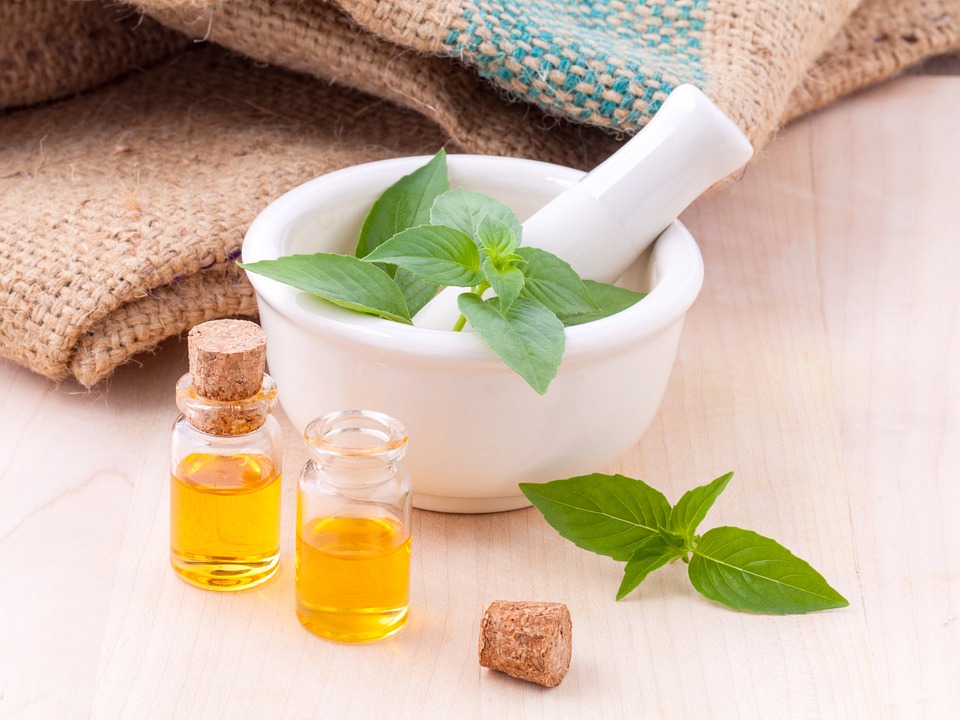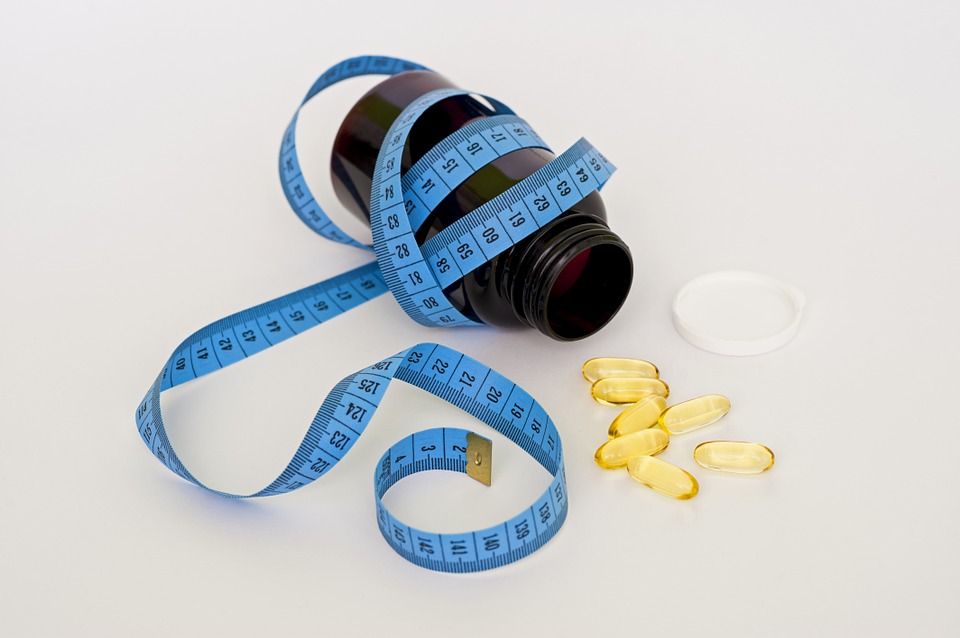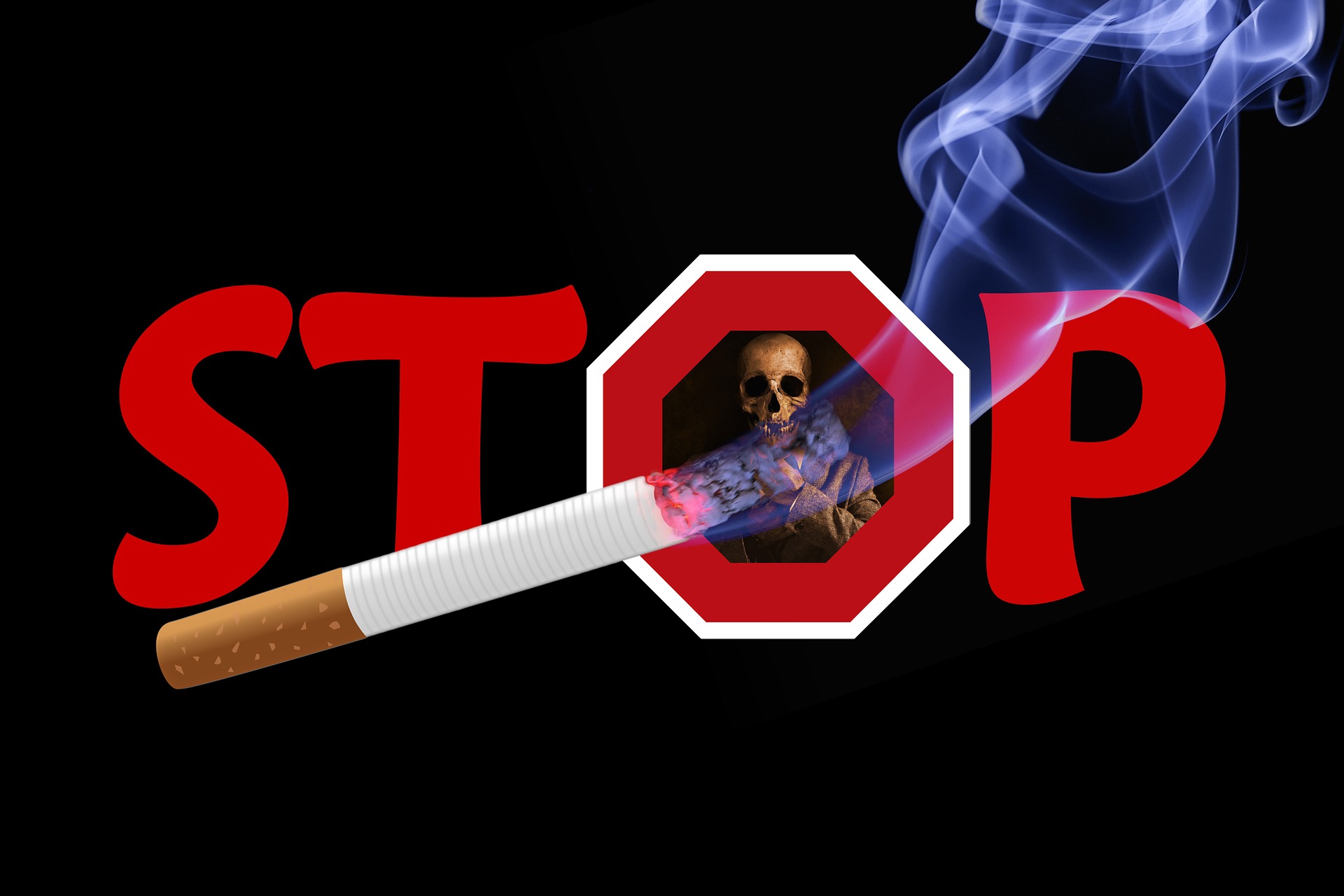The two most common non-addictive and non-invasive therapies are heat and ice. The two therapies can be used alternatively and are often employed as a preface to exercise. Also, these two agents must be used with caution and care. So it is always recommended to seek the advice of a healthcare professional before applying it.
Heat therapies help in vasodilation that means drawing blood into the targeted tissues. The increased flow of the blood delivers the required oxygen and nutrients. It eliminates the unnecessary cell wastes too. The warmness relaxes the muscles, relieves the muscle pain and increase the motion.
The cold ice pack for pain relief produces vasoconstriction. It means the slowing of the circulation that helps in reducing inflammation, pain and muscle spasm. The superficial cold packs are available in many forms, including a range of commercial packs, ice cubes, iced towels, cold compresses and various forms of hydrotherapy.
The duration of cold therapy is always less than heat therapy, generally less than 15 minutes. The best cold pack for pain relief is regarded as the cold compresses. The effect of cold packs is known to last longer than heat packs.
The cold or ice should not be applied directly over the skin. Always put a block such as a towel, between the cold agent and the skin surface to prevent any sort of damage. The damaged commercial cold packs must be discarded or thrown off immediately as the chemical or gel can burn the skin.
The ice packs can be applied for multiple times a day (e.g. up to seven to eight times in a span of twenty-four hours). There are different types of ice packs which can be used for relief of pain. Every option brings effective results and patients can select the best for them based on the preference and budget.
The common types of cold packs available on the commercial platforms include reusable cold packs which are generally filled with gels. Disposable ice packs which can be used for single use. These are known as instant cold packs as well a chemical reaction takes place as soon as the pack is opened. Here you don’t need to put the ice pack in the freezer prior to use.
To evade any kind of ice pack burn, you must be aware to limit the application of ice to not more than 15-20 minutes. Plus, don’t dare to fall asleep putting on an ice pack. It could result in hazardous damage. With every kind of pain relief treatments, there comes a list of cautions.
The ice application should be dodged by the patients with some specific medical ailments such as for the patient suffering from rheumatoid arthritis, cold allergic conditions, Raynaud’s syndrome, paralysis, and impaired sensation syndrome.
In other words, the ice application and ice massage are highly helpful during the first 48 hours following pain in the muscles. Icing is a mild, drug-free method of dampening the pain of inflammation.
Read also:






















